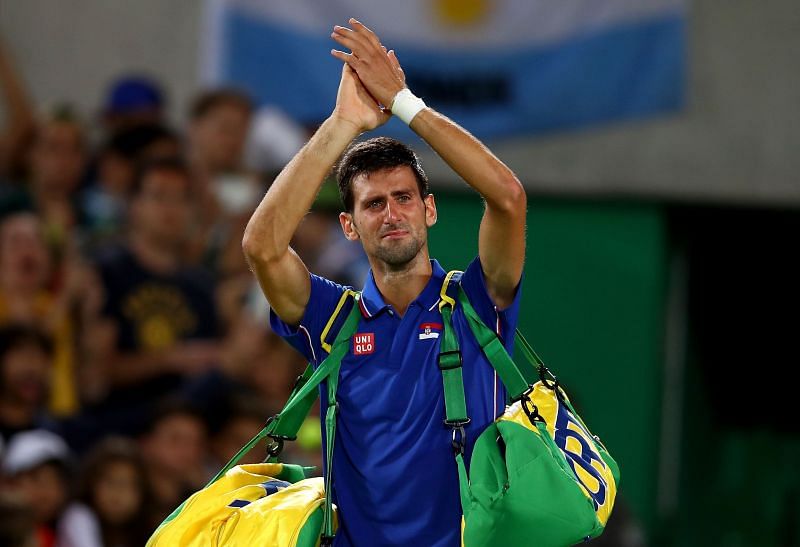
Everything you need to know about the tennis event at the Olympics
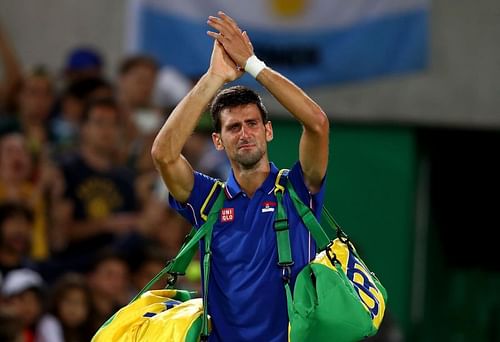
The 2021 Tokyo Olympics will be held from 23 July to 8 August 2021 in Tokyo, Japan. And the tennis event at the Games, consisting of men's singles, women's singles, men's doubles, women's doubles and mixed doubles, will run from 24 July to 1 August.
Although the organizers had initially set the spectator cap at 50%, the recently declared state of emergency in Tokyo means that the Olympics will now be held behind closed doors. And while things are on track now, a lot has changed at the micro level due to the prevalence of the pandemic.
The athletes at the Games - including the tennis players - are required to wear masks and maintain social distance and also undergo daily testing. They may not have to quarantine themselves for 14 days after arriving in Tokyo, but the over-arching restrictions at the venue have not gone down too well with a few players.
Novak Djokovic, the top-ranked male tennis player in the world, confirmed his participation for the Tokyo Olympics through a message on Twitter a couple of days ago. Djokovic will be joining two-time gold medalist Andy Murray and 2016 bronze medalist Kei Nishikori as the only three male singles players at the 2021 edition to have previously tasted Olympic glory.
Naomi Osaka, meanwhile, will be making her debut at the Olympics this year, and will be one of the biggest draws in Japan. Having said that, the 2021 Tokyo Olympics will not be the most star-studded affair.
A slew of withdrawals has hit the tennis event at the Tokyo Olympics 2021
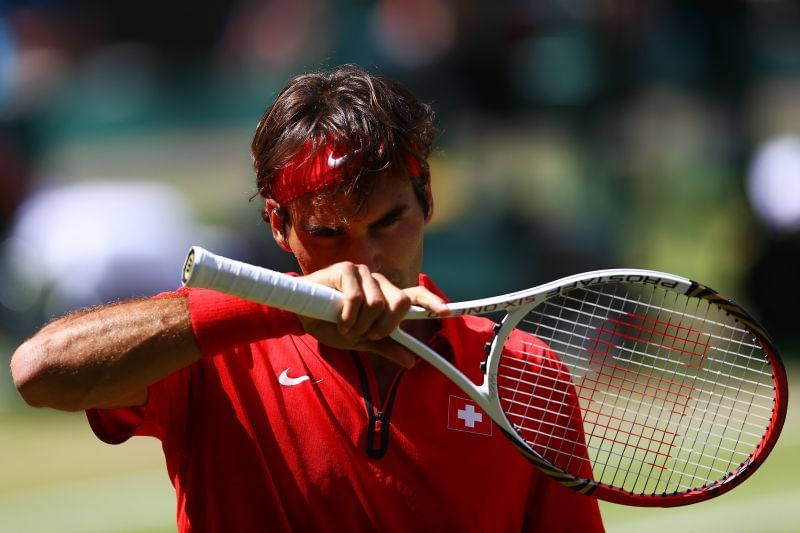
2012 silver medalist Roger Federer has withdrawn from the Olympics citing a "setback" with his knee. Serena Williams, who is one of the most accomplished Olympians ever, has also confirmed that she will be skipping the Tokyo Games since she doesn't want to stay away from her daughter Olympia.
Two-time gold medalist Rafael Nadal also pulled out of the Games last month, citing the need to "listen to his body" after a rigorous claycourt season. Dominic Thiem, meanwhile, withdrew from event due to scheduling conflicts even before he suffered a wrist injury in Mallorca.
There are also several players, both in the men's and the women's fields, who have withdrawn from the 2021 Tokyo Olympics because of the lack of incentive for participation. There are no ranking points or prize money on offer at the Games, so playing the regular tour events makes more sense for some of the pros.
Nearly half of the men's top 50 have chosen to sit out of Tokyo 2021, with a fairly large number of women withdrawing too. Here’s a look at the all the tennis players who have pulled out of the Tokyo Olympics:
Men's:
Rafael Nadal, Dominic Thiem, Roger Federer, Denis Shapovalov, Roberto Bautista Agut, Casper Ruud, Cristian Garín, David Goffin, Milos Raonic, Jannik Sinner, Dan Evans, Stan Wawrinka, Cameron Norrie, Reilly Opelka, John Isner, Juan Martin del Potro, Borna Coric, Taylor Fritz, Albert Ramos-Vinolas, Adrian Mannarino, Dsuan Lajovic, Filip Krajinovic, Federico Delbonis, Lloyd Harris
Women's:
Serena Williams, Victoria Azarenka, Angelique Kerber, Simona Halep, Bianca Andreescu. Sofia Kenin, Bianca Andreescu, Simona Halep, Victoria Azarenka, Angelique Kerber, Karolina Muchova, Johanna Konta, Madison Keys, Daria Kasatkina, Sorana Cirstea, Shelby Rogers, Svetlana Kuznetsova, Danielle Collins, Tamara Zidansek, Timea Bacsinzky
The medal structure of the tennis event at the Olympics
Each of the five events in tennis - men's singles, women's singles, men's doubles, women's doubles and mixed doubles - has three medals on offer. The events take place in the knockout format, with men's and women's singles draws consisting of 64 players each. Men's and women's doubles, on the other hand, each have a draw size of 32, and the mixed doubles has a draw size of 16.
There are six rounds of competition in singles, five rounds in doubles, and four rounds in mixed doubles, with all matches contested in a best-of-three format. The men's singles final used to be best-of-five until 2016, but the upcoming Tokyo edition will see that changed to best-of-three like all other matches.

The main draw ceremony of the tennis event at Tokyo 2021 will take place on 22 July at 11am local time at the Ariake Tennis Park, where the Japan Open was held until 2018. The first round of men's singles, women's singles, men's doubles and women's doubles will be played on 24-25 July. The mixed doubles competition, on the other hand, will begin on 28 July.
It should be noted that the men's singles event has been allotted two days to finish its second-round matches, whereas the women's singles event will be playing its second round and Round-of-16 on consecutive days.
Qualification for the first 56 players in the singles competitions was based on the world rankings as on 14 June 2021, with a maximum of four players allowed from a single country. Six of the remaining eight slots are allocated by the ITF to nations with NOCs.
The final two spots are reserved for the host nation and for a previous Olympic gold medalist or Grand Slam champion.
Also Read: Tokyo Olympic Tennis Schedule
A brief look at the history of tennis at the Olympics
Tennis was a part of the Summer Olympics program at the inaugural 1896 edition. However, it was removed from the Games in 1928 owing to a difference of opinion between the International Tennis Federation and the IOC Executive Board.
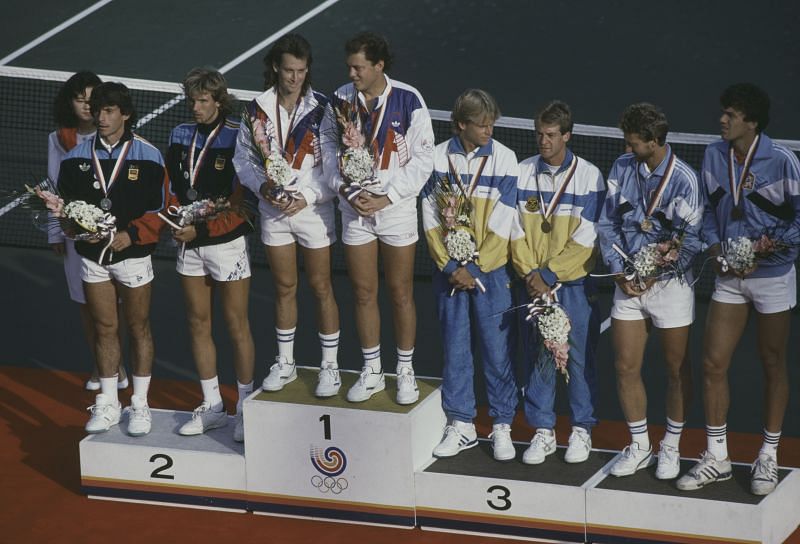
The Executive Board wanted to accept only "amateur" athletes and refused to let the "pros" compete at the Games. They believed the athletes' amateur status was important to preserve the "spirit of the sport", and that led to the removal of tennis from the Olympics altogether.
In 1968, tennis made a return as a demonstration sport at the Games. That was around the same time that the Open Era began, i.e. Grand Slam tournaments allowing professional players to compete with amateurs.
Since it was a demonstration sport only though, the pros didn't receive any medals for reaching the business end of the tournament at the 1968 Olympics. Manolo Santana and Manuel Orantes, two of the earliest harbingers of Spanish tennis, played a thriller in the men's singles final, with Santana coming through in five sets. Spain, however, had no medals to show for their heroics.
Tennis was played as an exhibition sport yet again at the Games in 1984, and saw future legends like Stefan Edberg and Steffi Graf win gold in men's and women's singles respectively. After much deliberation, tennis returned as a full medal sport at the 1988 Seoul Olympics, giving the pros an opportunity to bring laurels to their country.
At the 1988 Seoul Olympics and the 1992 Barcelona Olympics, both of the semifinal losers were awarded a bronze medal each. It was only in 1996 that the rules were changed, requiring the losing semifinalists to face each other in a playoff for the bronze medal.
Consequently, India's Leander Paes became the first tennis player to win a bronze medal playoff as he got the better of Brazil's Fernando Meligeni at the 1996 Games. Andre Agassi, on his part, completed an elusive Career Golden Slam at that edition, marking the first time a top-ranked male player won the gold medal.
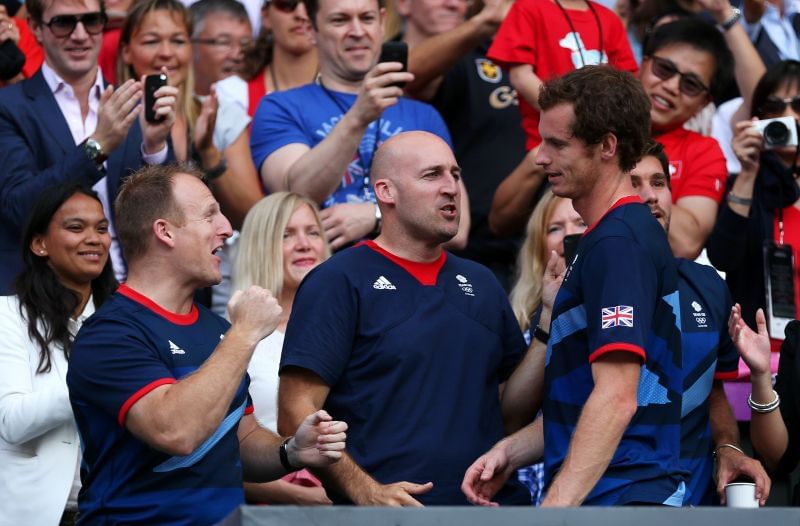
Tennis at the Summer Olympics has steadily gained more importance since then, with a few fans and pundits today considering Olympic gold to be just one rung below winning a Grand Slam title. It is also pertinent to note that the ATP and WTA awarded ranking points to the players for participating at the Olympics from the 2004 Athens Olympics until the 2012 London Olympics.
Only four events - men's singles, men's doubles, women's singles and women's doubles - were played at the Games initially. It was in 2009 that the IOC agreed to include mixed doubles as an event in the future editions of the Olympics.
The ATP and WTA also rescinded their decision to award ranking points for the players at the 2016 Rio Olympics. They have stuck with that arrangement for the 2021 Tokyo Olympics as well.
Many of the sport’s biggest names have won multiple medals at the Games, including Roger Federer, Rafael Nadal, Steffi Graf, the Williams Sisters, Stefan Edberg, Andy Murray, the Bryan Brothers, Goran Ivanisevic, Juan Martin del Potro, Gabriela Sabatini, Jana Novotna, Conchita Martinez, Elena Dementieva, Victoria Azarenka, Arantxa Sanchez Vicario and Mary Joe Fernandez.